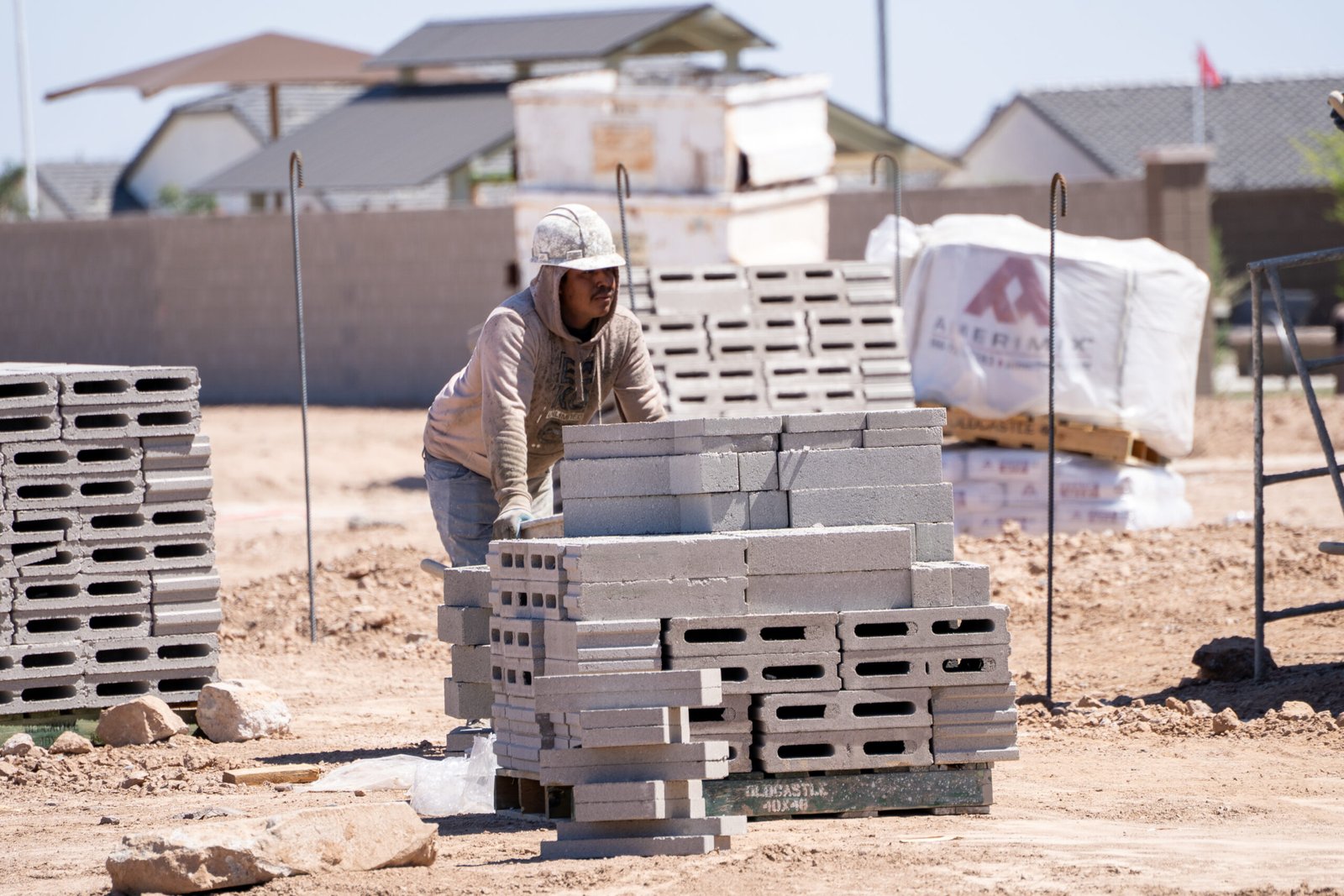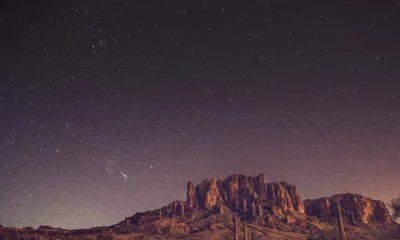Arizona climate update
Maricopa Braces for Scorching Summer: Forecasters Expect Record Heat

Rising Temperatures Challenge Outdoor Workers in Maricopa
As temperatures in Maricopa soar into the triple digits, outdoor workers are grappling with increasing heat. According to the University of Arizona meteorological network, the area recorded its first day of 100 degrees on May 11, with forecasts predicting highs of 104 degrees by Friday.
Heat-related illnesses pose a significant risk for outdoor laborers, including construction workers, landscapers, and agricultural employees. According to a report from OSHA, heat stress injuries resulted in 815 fatalities among U.S. workers from 1992 to 2017.
Employers are taking measures to mitigate risks. Workers at the new El Rancho Santa Rosa development reported starting their shifts earlier to avoid working during peak heat. One laborer noted that they seek shade whenever possible, and no one hesitates to take frequent water breaks as temperatures rise.
Despite an inquiry to Pulte Homes regarding their summer construction plans, no response was received. Additionally, new OSHA regulations aim to enhance protections for outdoor workers, mandating comprehensive heat safety protocols, including more paid breaks and hydration access.
During a recent Leadership Conference on Civil and Human Rights, Stephen Schayer, director of the Office of Physical Hazards, highlighted the urgent need for enforceable standards. He emphasized that many workers, particularly in low-income and immigrant communities, remain vulnerable to heat-related risks.
Last year marked a record for heat-related fatalities in Pinal County. Looking ahead, meteorologists predict another scorching summer. The National Weather Service’s monsoon outlook forecasts above-normal temperatures from June 15 to September 30, influenced by stronger-than-average high-pressure systems.
Meteorologist Ted Whittock from the Phoenix Regional Office explained that prolonged high pressure typically leads to extreme heat. The average high during the monsoon season over the past three decades has been 103 degrees, with recent forecasts indicating a 53% chance of above-normal temperatures in Maricopa this year.
Increased heat can deteriorate air quality, but experts state that sunlight and temperature inversions play a more significant role. Caroline Oppleman, Communications Director for the Arizona Department of Environmental Quality, clarified that ozone formation results more from sunlight than heat.
As for whether this summer will be as severe as last year—when average central Arizona temperatures exceeded 109 degrees—forecasts suggest that the heat waves may persist. Whittock noted that the region experienced its seventh driest year, which typically exacerbates heat conditions. However, expected near-normal rainfall could help mitigate some aspects of the heat.
AccuWeather meteorologists are predicting that this summer will be about 2 degrees hotter than average for central Arizona.


















